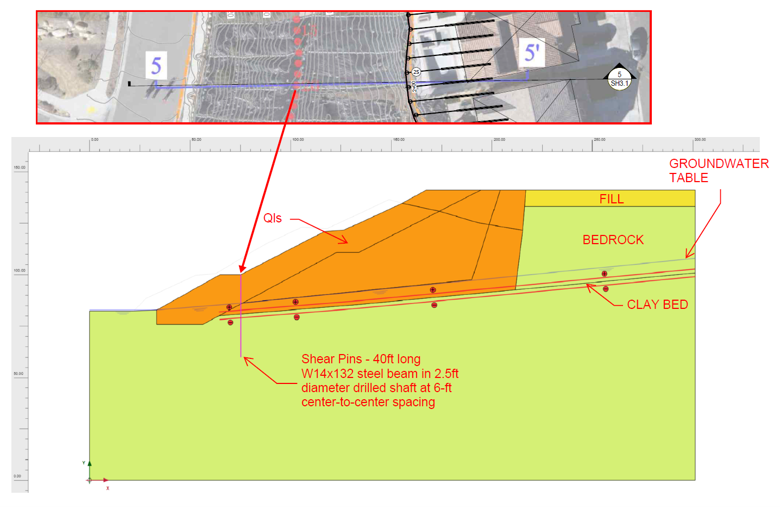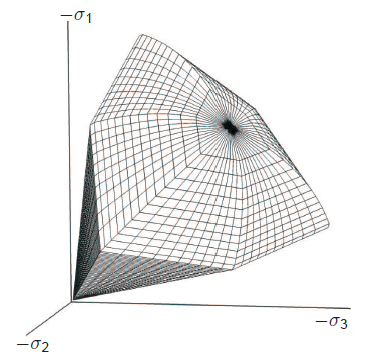Geotechnical challenges are everywhere, starting from the soil interaction with the foundation of our homes, roads, embankments, dams, retaining walls, and tunnels. Engineers have studied these cases for centuries, and over time they have developed different conventional methods to solve these challenges – unfortunately, these methods are not always accurate or reflective of reality.
Numerical methods, on the other hand, have been trusted and proven in both simple and complex applications. The introduction of finite element method (FEM) analysis in the geotechnical field is one of the most significant achievements in the study of soil-structure interaction in the past few decades. Nowadays, using FEM as a tool in geotechnical engineering is extremely useful in the analysis of failure mechanisms and the factors involved. Nevertheless, FEM analysis must be performed properly since human error could otherwise lead to an inaccurate output. For this reason, users must understand the theoretical approach of this method.

Common applications of geotechnical engineering
Why and when to use finite element analysis
FEM obtains the stress-strain states with respect to loading and discretize the continuum into non-overlapping components. It also allows the use of complex soil models, which enables users to create a numerical representation of the ground and structures.
FEM analysis considers parameters that conventional methods are incapable of analyzing. This makes FEM essential for more complicated geotechnical analysis, including
- Complex ground behavior (hardening soil, anisotropy, creep, non-linear stiffness)
- Complex hydraulic conditions
- Unusual geometry
- Complex loading
- Time effects
- Back analysis of field trials or monitored structures.
These capabilities and FEM’s resulting ability to solve soil-structure interaction problems make it a frontrunner for applications where understanding deformation is important, such as
Embankments and Dams

Tunnels

Deep Excavations


How to perform finite element analysis
Below we demonstrate how finite element analysis is performed in FEM software, using the example of an elastoplastic analysis of a footing.
Step 1: Definition of soil layers
The first step is to create the soil layer and select the constitutive model to represent the soil behavior. To achieve an accurate FEM analysis, a compilation of sufficient soil data (preferably from ground exploration or alternatively from known correlations that represent the soil) is required to obtain the necessary information to create a representative simulate of the ground behavior.

Defined soil stratigraphy in modeling
Step 2: Definition of geometry and boundary conditions
Create the footing and the point load acting on the footing in “Structures” mode.

Definition of Geometry
Step 3: Element discretization
The finite element mesh is generated automatically by the FEM software. Check the mesh quality and manually adjust or refine the mesh (if required) to increase the accuracy of the solution.

Mesh generated
Step 4: Calculation and results
After running the calculation, the finite element program shows the result of different loading scenarios, such as the working load condition and the ultimate limit state. The program offers various result inspection views, so it’s easy to assess stress distributions and stress changes under the footing, as well as deformation pattern under working load conditions and failure zones when the loading exceeds the bearing capacity. Below we see an image of a typical displacement profile, while the second image shows a typical Prandtl-like failure mechanism.

 The typical Prandtl-like failure zone.
The typical Prandtl-like failure zone.
Conclusion
While conventional methods have played an important role in geotechnical analysis, they are often based on major assumptions and deliver conservative results. Finite element analysis is necessary for certain analyses, such as demonstrating a geotechnical structure’s adequate safety against failure or predicting the flow of water into a cofferdam. Each of the cases needs a unique approach that cannot be solved through empirical methods alone; finite element analysis provides the necessary calculations for sufficiently accurate predictions.
Ph. D Fermín Sanchez Reyes, at México Subterráneo A.C., is well known for his work in underground construction in Latin-American and Spain, mainly in tunnel design and construction, roads, and his studies in rock mechanics.
Text by Carlos Correa, Bentley Systems, Aug 19th, 2022





